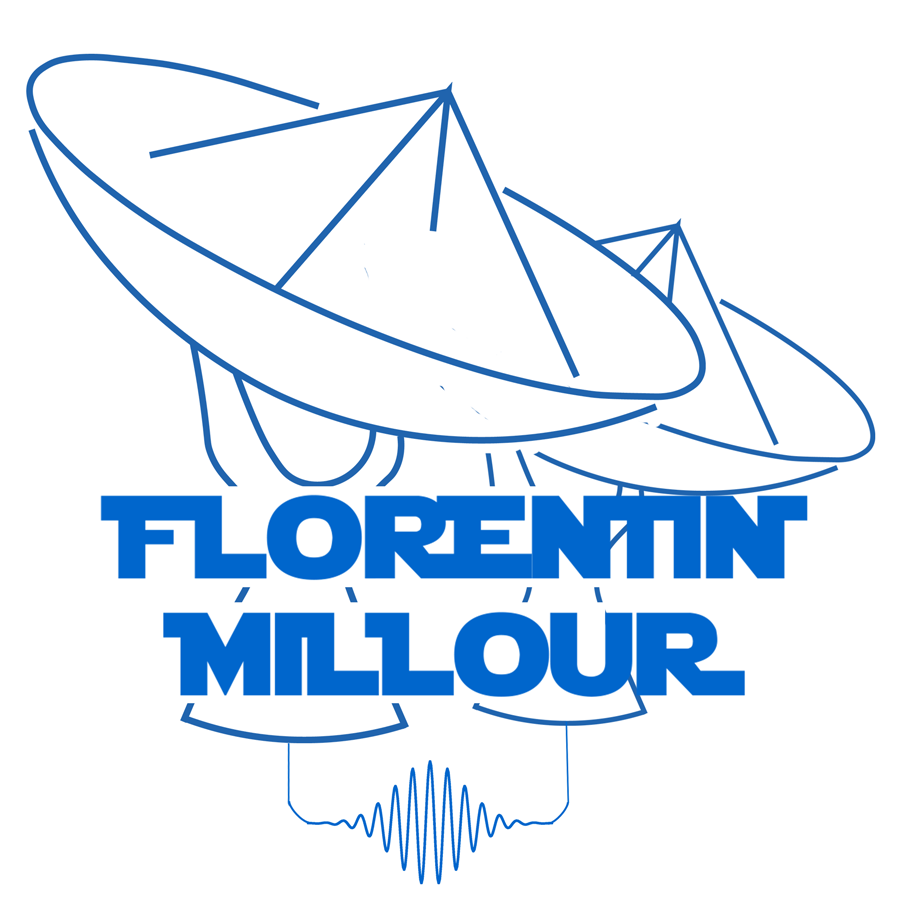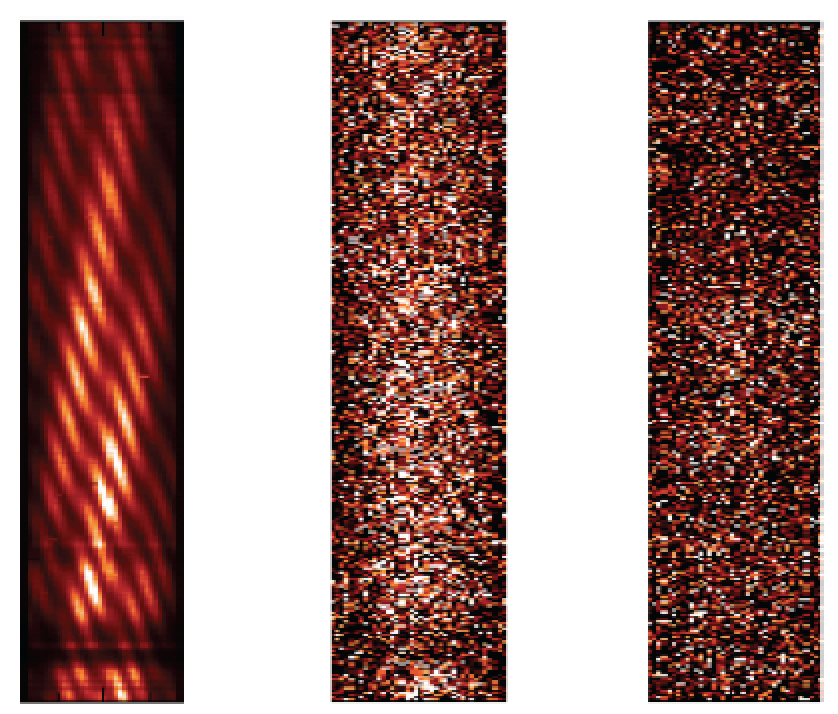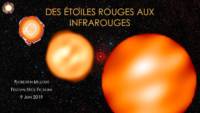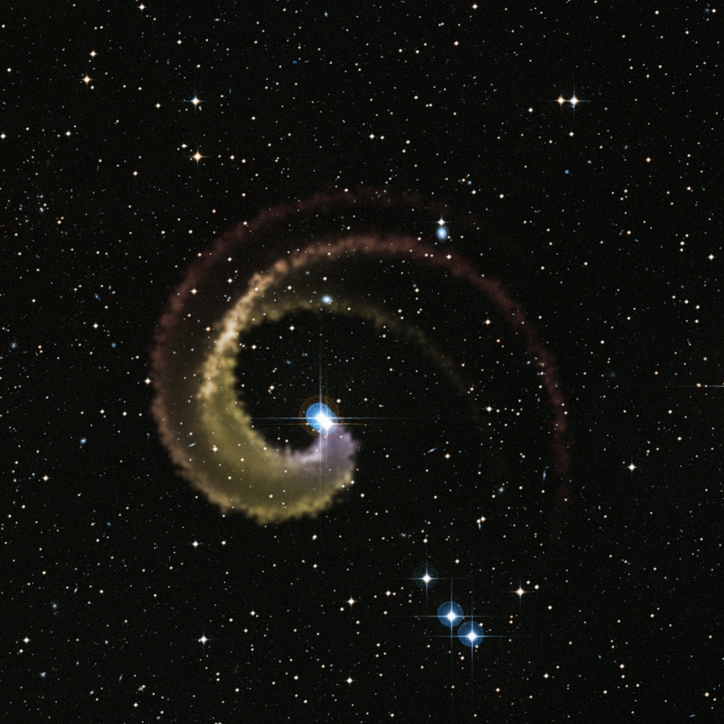A joint ESO/CNRS/INAF announcement has been issued on an achievement I was part of : observing the faintest-ever object with a combination of long-baseline interferometry and spectroscopy.
Indeed, We pointed the AMBER instrument at the quasar 3C273, which is the farest galaxy ever observed by long-baseline interferometry. It was already observed with interferometry, but here we used the spectroscopic capabilities of the AMBER instrument to monitor the physical properties of this quasar.
More details can be found by following the links at Fizeau laboratory (in French), at ESO, at CNRS (in French), at INAF (in Italian). I also provide a Description of the method we used in the Fizeau laboratory website.
This work is part of a broader initiative where I collaborate with R. Petrov, M. Kishimoto, and A. Marconi to push forward the limiting magnitude of the AMBER instrument.
The main idea here is to change the observing strategy together with a new piece of software installed on the Paranal pipeline machine. This semi-real time approach allowed us to achieve K-magnitudes of 11.7 (on a star) and K=10.7 (on a science target). An example of real-time fringes and the associated treatment can be found in the video below.





















Leave A Comment